|
Do you ever wonder what happens inside your mouth when you speak or swallow? While we all take for granted that we have the ability to speak (and swallow) A LOT of work happens behind the curtain. Our mouth (aka oral cavity) is where the sounds we hear are fine tuned using numerous muscles and other anatomy of the oral and nasal cavities. For kiddos sometimes these muscles and articulators simply do not want to cooperate which is usually why adults are unable to understand them or why they have difficulty efficiently chewing and swallowing their food. Speech-language pathologists evaluate the functioning of the mechanisms needed to produce intelligible (clear) speech sounds and ensure safe chewing/swallowing. They also are highly trained to provide treatment when these mechanisms are not efficient. Check out this video to see what our mouth looks like while we speak, sing, playing instruments, and swallow!
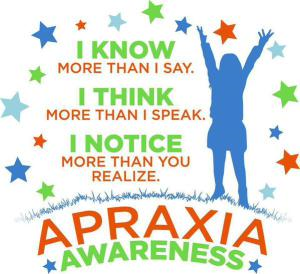 Childhood Apraxia of Speech (CAS) is a motor speech disorder. CAS is a relatively uncommon disorder (1-2 children per 1,000= 0.1-0.2%) and one of the lesser known disorders treated by Speech-Language Pathologists. There are some identified causes of CAS (e.g., stroke, trauma, chromosomal abnormalities) but we are not truly sure of all of the causes. In a nutshell: The child knows what he/she wants to say and the brain sends the message to the mouth (lips, jaw, and tongue) for appropriate placement to produce sounds, but the mouth doesn't cooperate. Keep Reading for information on Symptoms, Testing, Diagnosis, Treatment, and Resources
 the Autism (aka ASD) is combined array (aka spectrum) of neurotypes. These neurotypes are natural variations. Autism itself does not require treatment, as it is not a sickness. But oftentimes Autistic individuals have co-occurring issues that decrease their ability to fully and effectively communicate their wants and needs or participate in acts of daily living. Autistics, just like neurotypicals, can range from non-speaking to speak eloquently and possess an extensive vocabulary. Knowing the characteristics of Autism is the first step to early identification and self empowerment. Some characteristics of Autistic children are: March is Trisomy awareness month, so it’s a perfect time to explain “what is trisomy?” Most people have 23 pairs of chromosomes, for a total of 46 chromosomes total. Trisomy is a genetic disorder in which an individual has an extra chromosome (partial or whole). Early identification is important in order to best evaluate, treat, and monitor for any possible developmental deficits or possible medical complications. Educating others of trisomy is important to not only provide a better understanding of the syndromes but to reinforce the notion that early intervention is vital for academic and social success.
Most common Trisomy disorders: Narrative language skills are vital to a person’s ability to not only have successful social relationships but also impact academic work (e.g., written language). Narrative skills are the ability to use language to tell a story. These skills begin to develop at the young age of 2 years! As a child’s narrative language skills develop they will begin to follow rules of storytelling (e.g., sequencing events, including characters, having an event/dialogue/solution, and an ending). Narratives may be fiction or non-fiction.
What should your child be doing? Check out this chart of narrative development. The term “stutter” is terribly outdated and oftentimes negatively viewed, rather I like the term “dysfluent speech.” It is important to remember that we all have moments of dysfluent speech, that doesn’t necessarily mean we all need speech-language therapy to address it. The line that we draw to determine if therapy is recommended is the impact the dysfluent moment have on one’s life, the severity/ frequency/duration of dysfluent moments, and the accompanying tension with the dysfluent moments.
Some of the most common types of dysfluent speech include:
Don't we all want to give a synopsis of our kiddos for their teacher/s at the beginning of the school year? Basically give them a resume of likes/dislikes/what works and doesn't? Well, you are NOT alone! We made this handy PDF to fill in the blanks and even add a photo of your child. When you meet the teacher/s, aides, therapists, or even babysitters just hand them this "All About Me" page so they are sure to know all about your kiddo. Download is available for FREE, just click the Download File button below and start filling in the blanks!
Meet the newest addition to my therapy room… WATER BEADS! They are squishy, bouncy, and great for playful learning. There are so many ways to use water beads in order to develop speech and language. I created a sensory bin with my water beads and I wanted to share my ideas with you! 1. Place your child’s favorite toys in the sensory bin to target requesting, spatial concepts, following directions, identifying, answering questions, and labeling. “Can you find the cow? Where does a cow live? What does a cow say? Can you put the cow at the bottom?” 2. It is so easy to target articulation goals with a sensory bin. Place laminated flashcards inside and have children say the word using their “good sounds” when they find it. This is much more fun than sitting at a table and doing boring homework. :-) 3. Let your child explore! Teach verbs (digging, pouring, mixing), adjectives (slimy, bouncy, squishy, wet), colors, and sizes. Use kitchen utensils for pretend play. Get creative and have fun! I purchased a package of water beads on Amazon, a container from Dollar Tree, and used flashcards and toys we have around the clinic. This is an inexpensive project that can make targeting speech and language goals more fun and engaging. I hope you enjoy the water beads as much as I do! Meagan Milligan, B.S., SLP-A 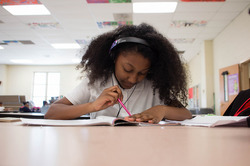 Talking to our kiddos about their day at school is important. “Did you have a good day?” seems to be the automatic question we all ask, but it is important as parents to elicit more of a response. We want kiddos to learn to tell us about things, not just answer questions with one word (close ended questions). Let’s find some open ended questions that get our kids communicating with us! Read on for some sample questions. 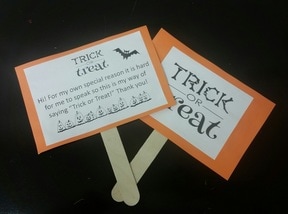 Halloween is a really fun time…for most kiddos. But for those having difficulty with communicating, trick-or-treating can be very difficult task and so stressful that some will exclude themselves from enjoying such an activity. We truly believe that although we all may have differences these are simply that and we must find different ways to include all children that would like to participate. One of our therapists came up with this simple craft you can do at home WITH your child to help give him/her a voice to be included in trick-or-treating. 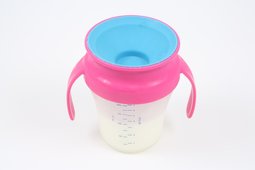 It’s no secret to my families that I am not a fan of sippy cups. I get that they are a matter of convenience, but there are reasons why we should just skip over the sippy and head straight to open and straw cups. Let’s check out the pros and cons from a speech-language pathologist’s (and oral cavity) perspective. Childhood Apraxia of Speech (CAS) is a motor speech disorder. CAS is a relatively uncommon disorder (1-2 children per 1,000= 0.1-0.2%) and one of the lesser known disorders treated by Speech-Language Pathologists. There are some identified causes of CAS (e.g., stroke, trauma, chromosomal abnormalities) but we are not truly sure of all of the causes.
 While playing with playdoh can give optimal time to address receptive language, expressive language, pragmatic language, sensory, fine motor, gross motor, and handwriting development not all kiddos are able to safely play with it. Sometimes kiddos eat the playdoh or they are gluten sensitivity. Well, we have the solution! Follow the recipe below for some EDIBLE GLUTEN FREE PLAYDOH! Edible Gluten Free Playdoh Recipe Ingredients: -Baby rice cereal -Vegetable oil -Cornstarch(or gluten-free cornflour if you are in the UK or Australia) -Unsweetened Applesauce (you can substitute water if you don't have applesauce) -Food coloring (optional) |
AuthorAmy Grant is a licensed Speech-Language Pathologist, Certified Autism Specialist and Clinic Director of Therapy Center of Buda. Family Corner Blog
Learn parenting tips, access credible resources on disabilities and find out how to bring therapy techniques home with you to make parenting a little bit easier. Legal Disclaimer Categories
All
SubscribeArchives
July 2024
|
||||||||

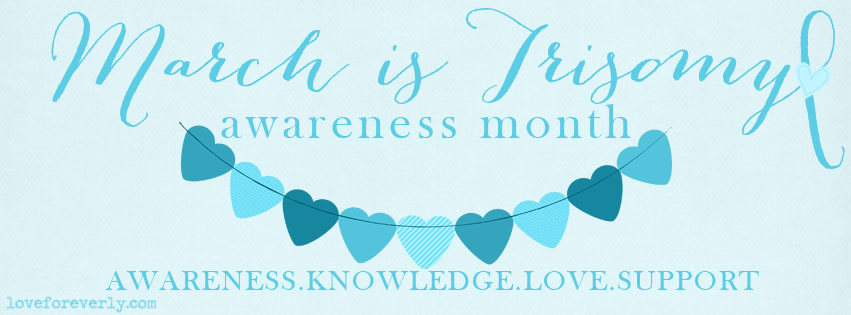
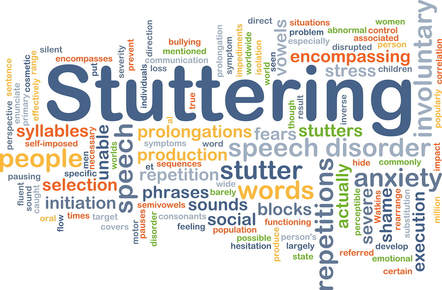
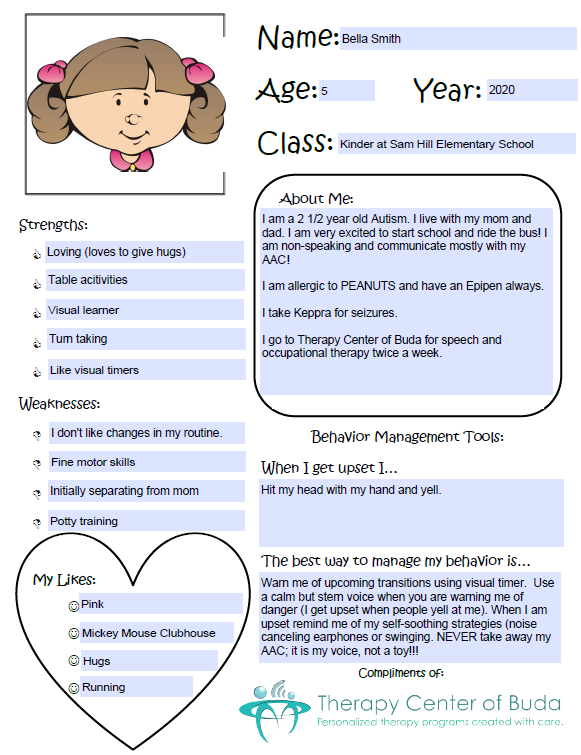
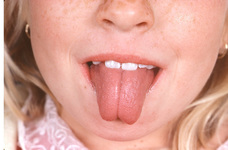
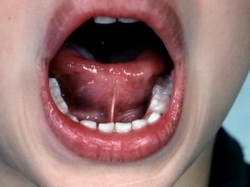
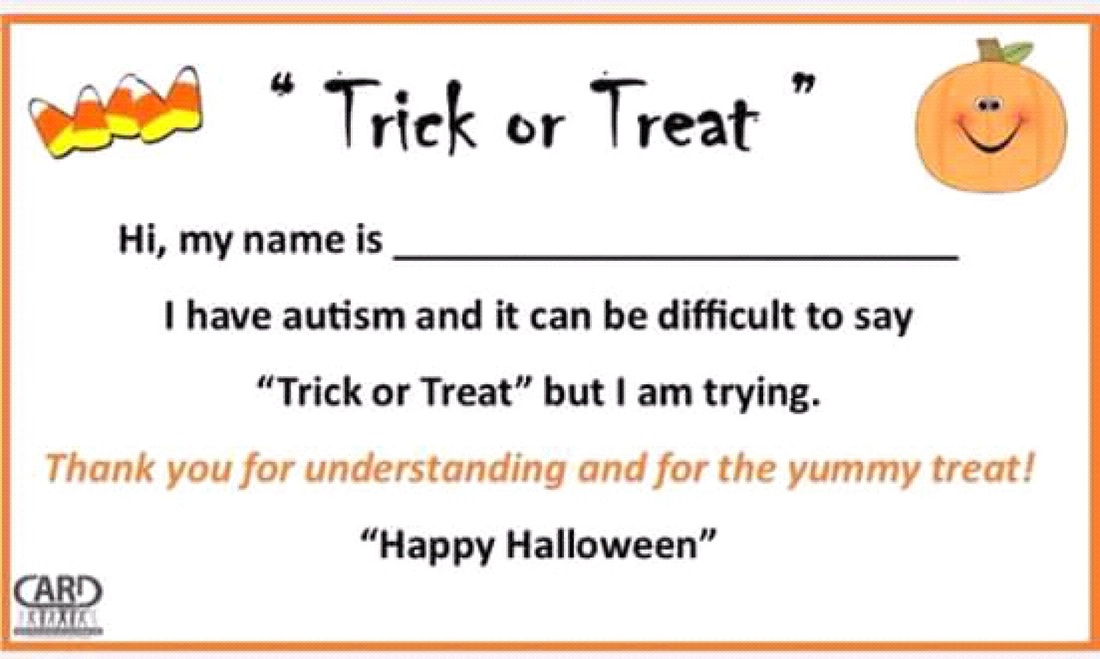
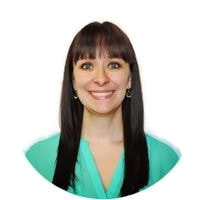

 RSS Feed
RSS Feed
